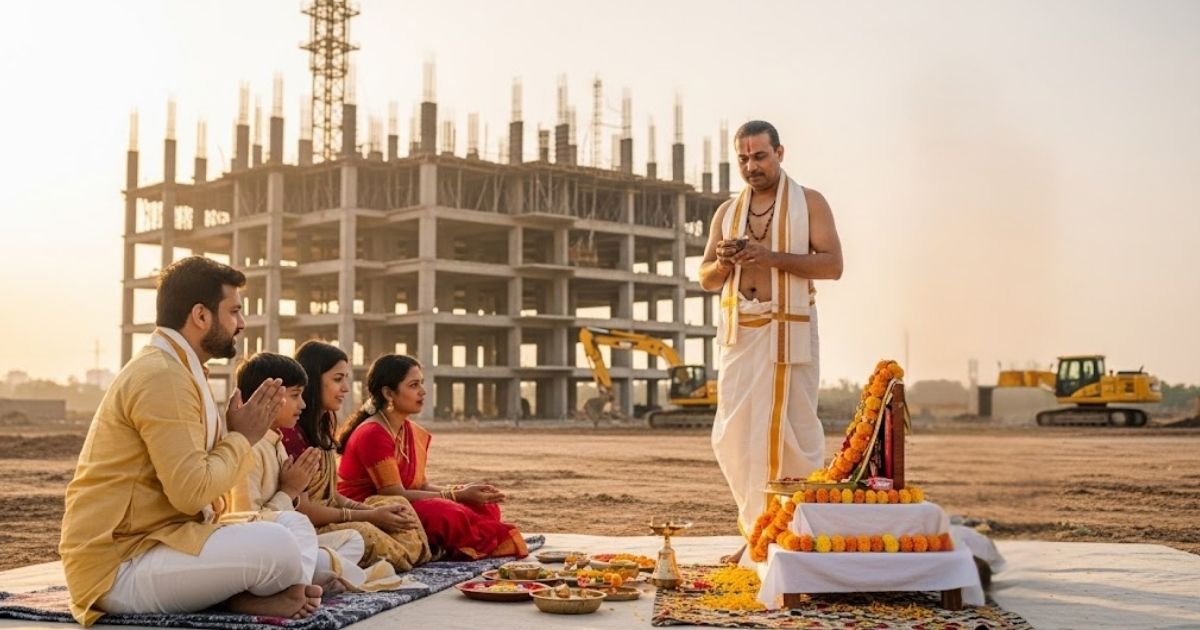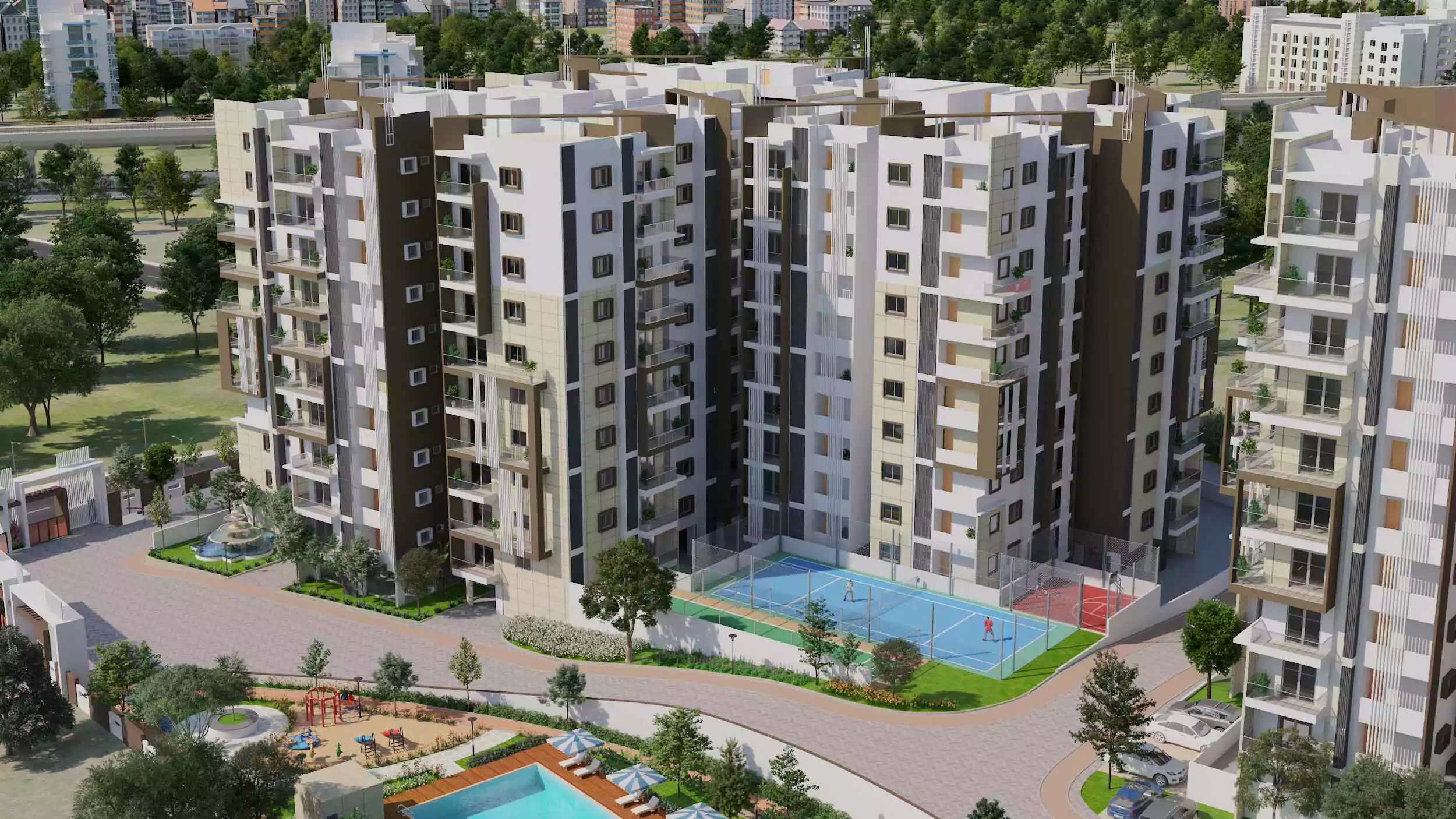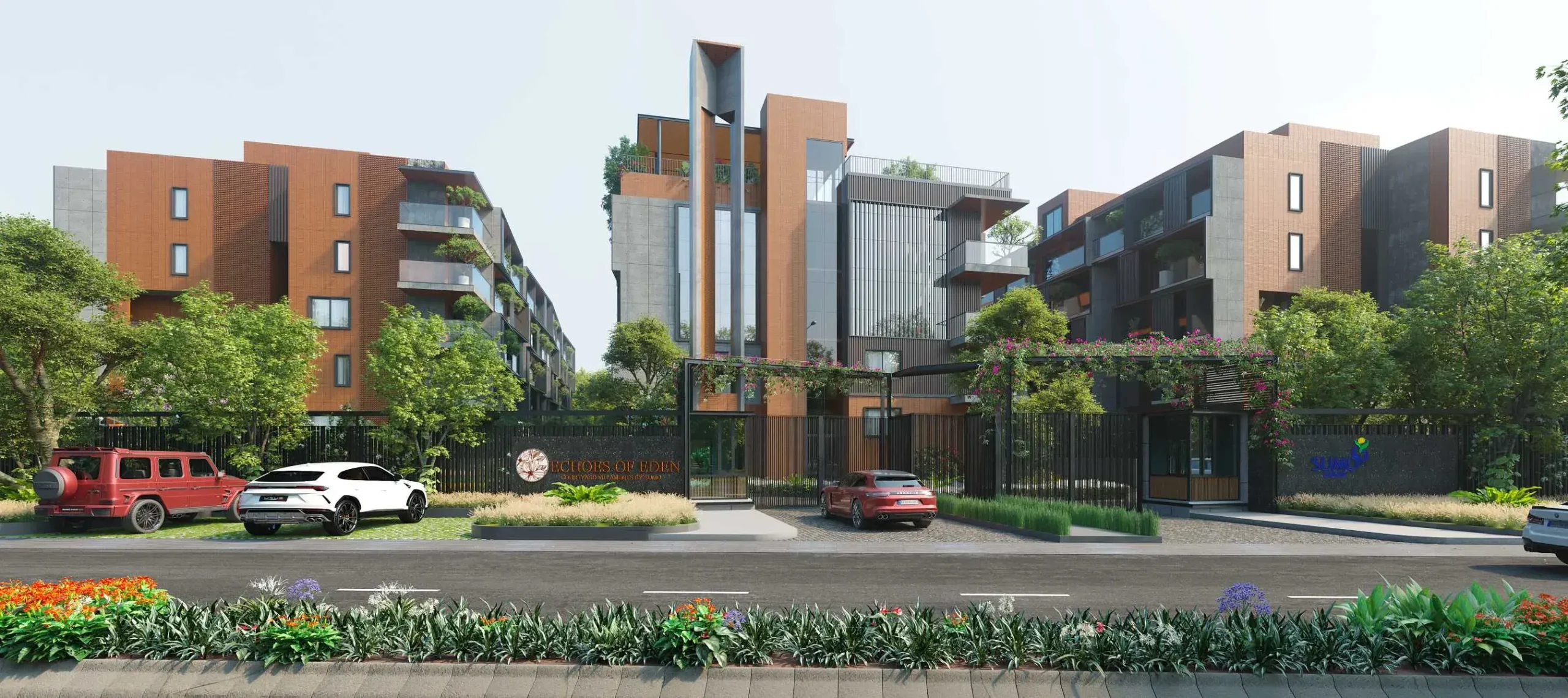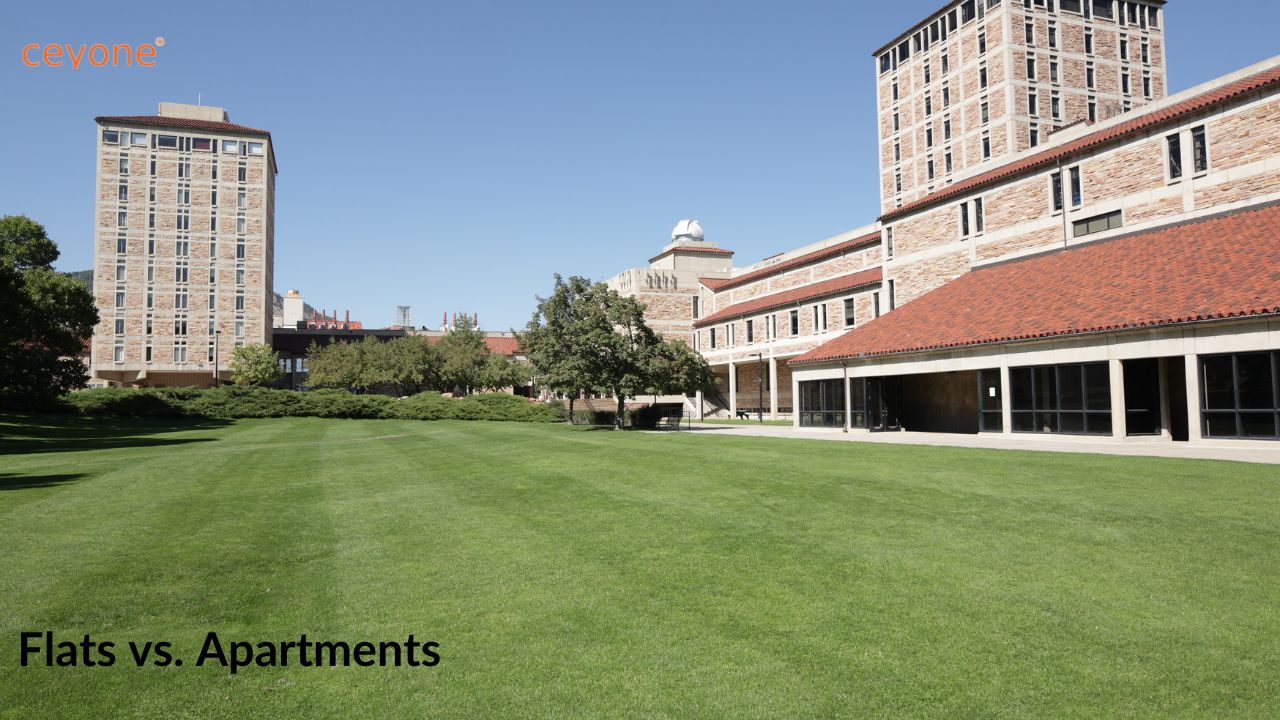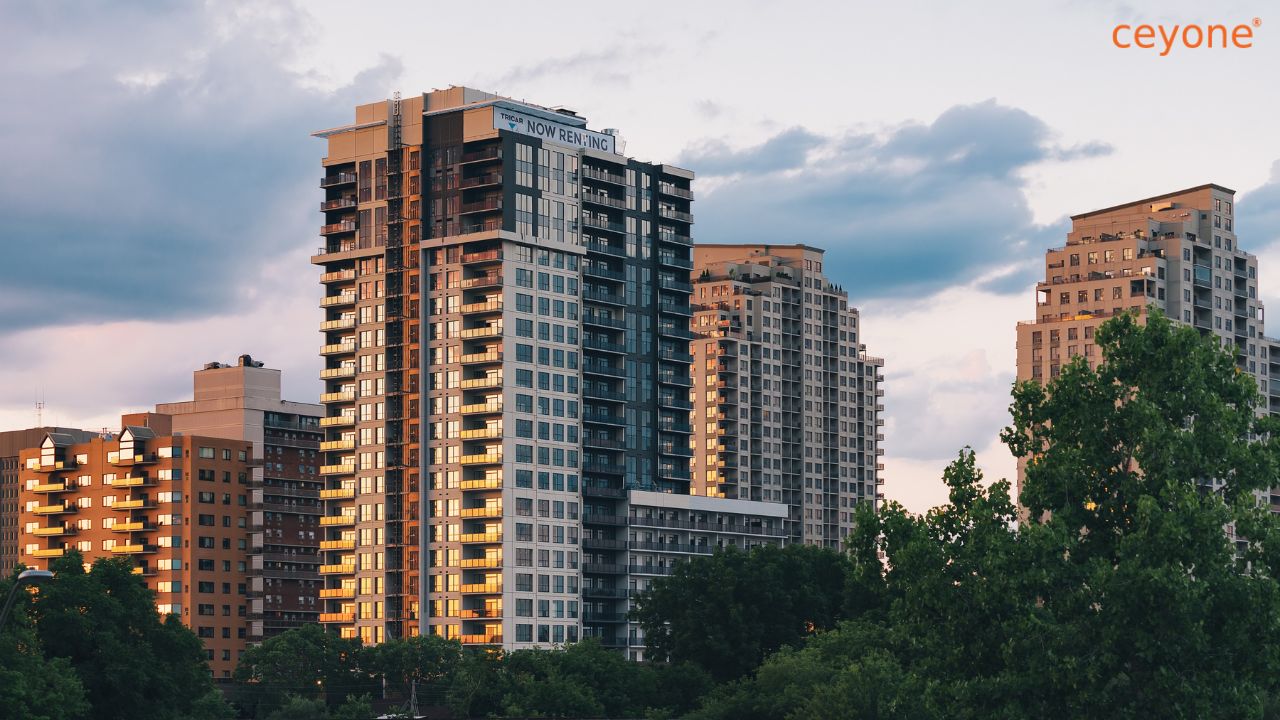Apartments
Business
Flats
news
Plots
Villas
2 BHK Apartments In Sarjapur Road, 4 BHK villas for sale in Chandapura, 4 BHK Villas in Sarjapur Road, Apartments In Bangalore, Bhoomi Puja, Bhoomi Puja before construction, Bhoomi Puja benefits, Bhoomi Puja ceremony, Bhoomi Puja for apartments, Bhoomi Puja for house, Bhoomi Puja in India, Bhoomi Puja in modern times, Bhoomi Puja ritual, Bhoomi Puja significance, Bhoomi Puja spiritual significance, Bhoomi Puja steps, Bhoomi Puja tradition, Bhoomi Puja vastu dosha removal, Ceyone, Featured, Luxury Villas in Bangalore, Vastu Bhoomi Puja
ceyone
Rituals Before You Build: Bhoomi Puja and Its Modern Meaning
When it comes to building a home, it takes more than just bricks, cement, and concrete to start the process of creating your ideal home. There are many rituals and ancient Indian customs, starting from Bhoomi Puja to Grihaprevesh, which all involve asking for blessings.
Before construction starts, this holy rite is said to cleanse the land, clear the way, and bring wealth into the house. Beyond its spiritual significance, Bhoomi Puja has also acquired a contemporary connotation for today’s builders and homebuyers.
What is Bhoomi Puja?
“Puja” signifies worship, while “Bhoomi” denotes soil or earth. Asking for permission to disturb the earth and start construction is a ritual performed in honor of Mother Earth (Bhoomi Devi) and Vastu Purusha. Priests traditionally mark the location of the foundation stone laying, recite mantras, and carry out the havan (fire rite).
Why is it performed?
- Spiritual Significance: Asking God for blessings for the home and its occupants’ safety, prosperity, and tranquility.
- Vastu Alignment: It is thought to eliminate energy imbalances, or Vastu doshas, from the story.
- Honoring the land that will soon be someone’s home is called symbolic respect.
Bhoomi Puja in Modern Times
Bhoomi Puja has changed over time, yet its spiritual significance has not diminished. An emotional milestone is a time that signifies the formal start of a family’s journey home.
- A Family Gathering: To commemorate this milestone, family members and close friends get together.
- A Cultural Connection: For younger generations and NRIs, it serves as a link to their heritage.
- A Combination of Simplicity and Significance: Although many choose to do the ceremony in shorter, more straightforward forms, the sentiment is still the same.
Ceyone’s Perspective
At Ceyone, we recognize that creating a house is the fulfillment of a dream rather than merely a construction project. For this reason, we help homeowners at every stage, from important occasions right from the beginning, like Bhoomi Puja, to final occasions like housewarming.
Because for us, a home is not just walls and spaces—it’s where faith, family, and future come together.
Conclusion
Bhoomi Puja still has a unique position in Indian homebuilding, even though contemporary living may alter how rituals are carried out. It’s about starting your journey with optimism, respect, and hope for a happy future—it’s not only about tradition.
FAQs on Bhoomi Puja Before Building a House
1. Before construction begins, is Bhoomi Puja required?
No, Bhoomi Puja is not required by law. Nonetheless, a lot of Indian builders and purchasers engage in it as a spiritual exercise to ask for blessings, clear the path, and maintain peace while building.
2. Bhoomi Puja is performed by whom?
Typically, a trained priest (purohit) leads the family through the ceremony and performs the puja following Vedic customs, singing mantras.
3. Is it possible to perform Bhoomi Puja on any day?
No, it is typically carried out on an auspicious day and hour (muhurat) that is recommended by a priest or astrologer and is frequently by planetary placements and Vastu principles.
4. What is the duration of the ceremony?
It could take 30 to 60 minutes to perform a basic Puja. It may, however, last longer based on the rites that are performed.
5. What supplies do you need for Bhoomi Puja?
Coconut, rice, turmeric, betel leaves, flowers, ghee lamps, incense, camphor, and a copper vase are typical things. Usually, the priest gives a thorough list ahead of time.
6. Is it possible to perform Bhoomi Puja for apartments or only plots?
Indeed, it may be done for both, whether you are building a standalone home or villa or even before relocating to a new apartment complex. Before building begins, developers frequently plan a group Bhoomi Puja.
7. What role does Bhoomi Puja play in current society?
Beyond custom, it unites families to celebrate the start of their ideal house journey and represents reverence for the land and environment. Before construction begins, it creates a good atmosphere.
